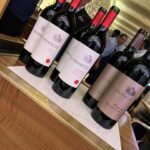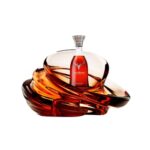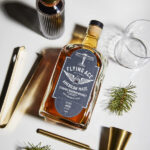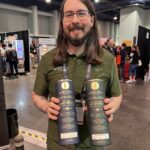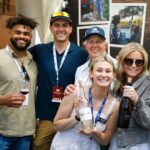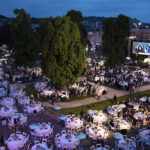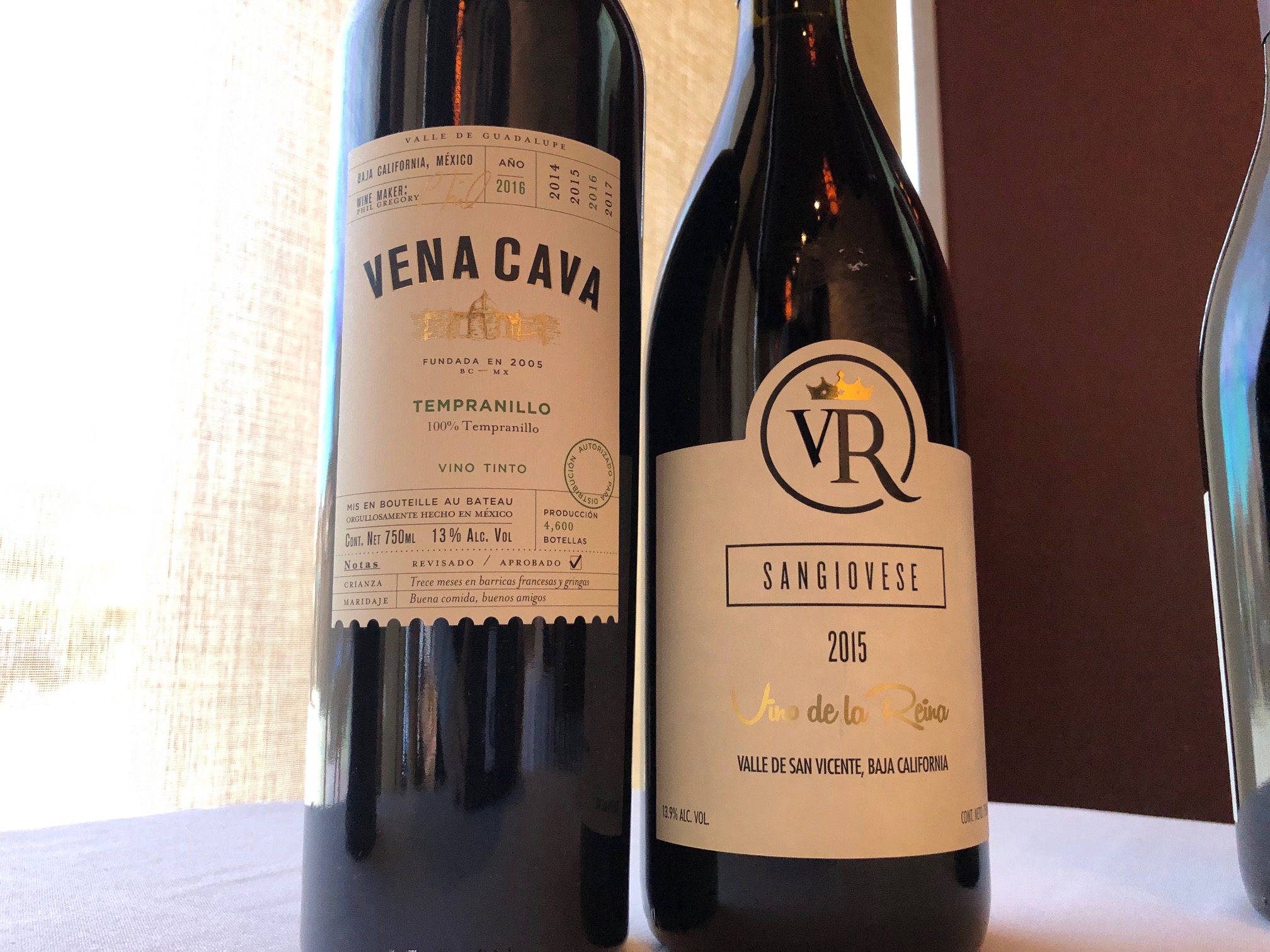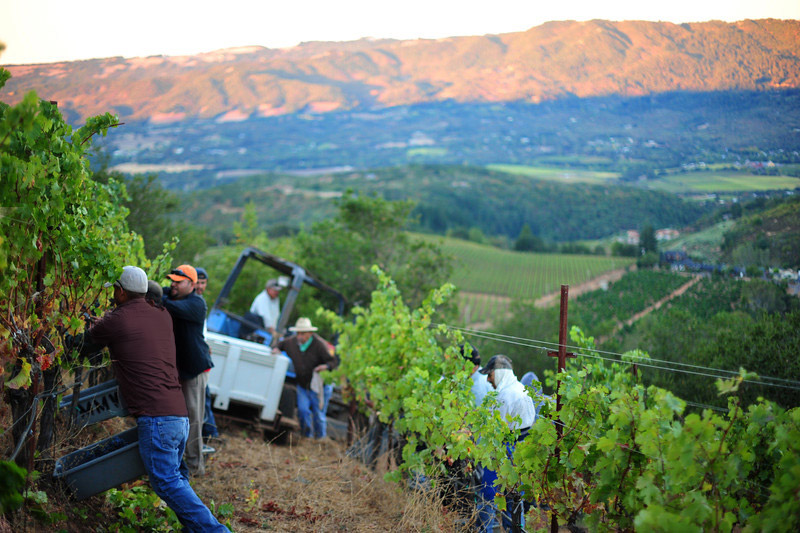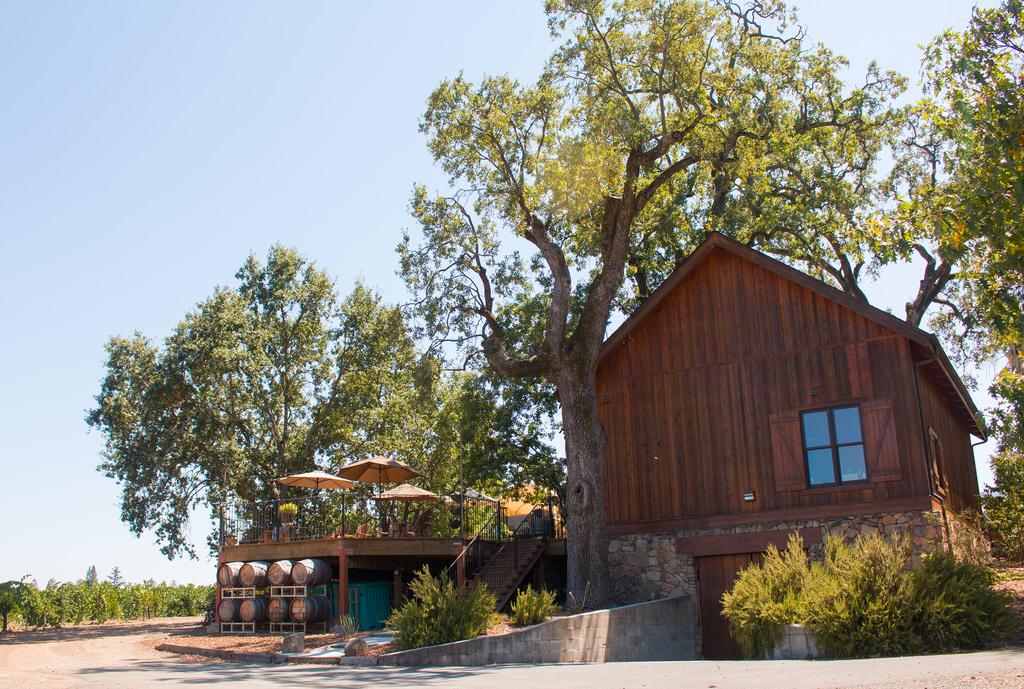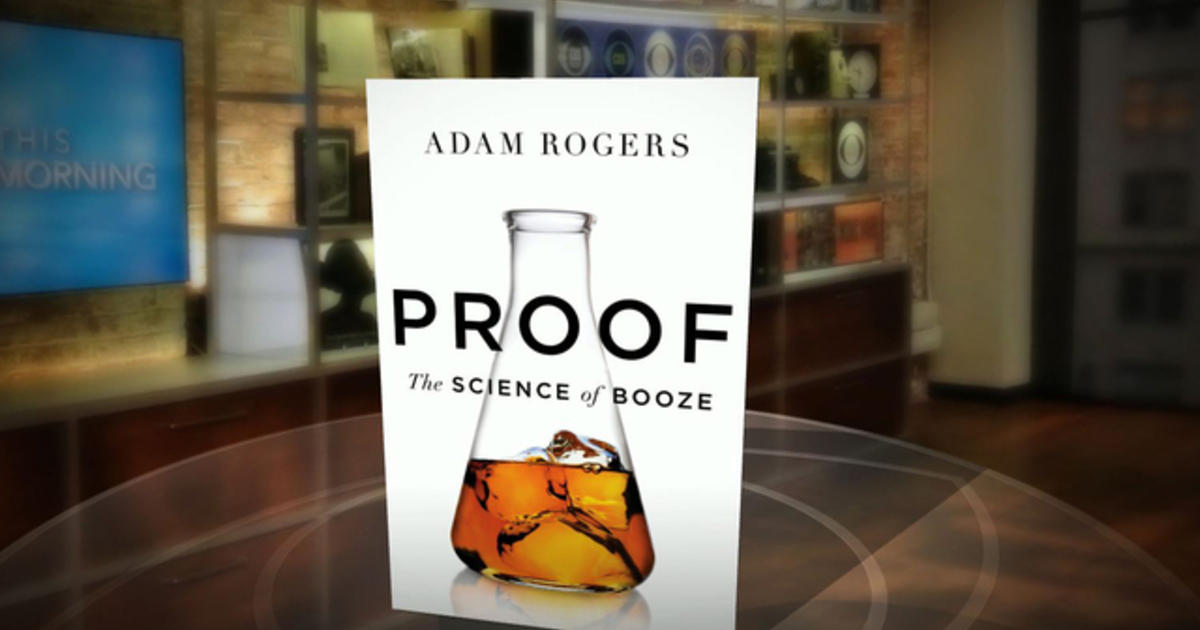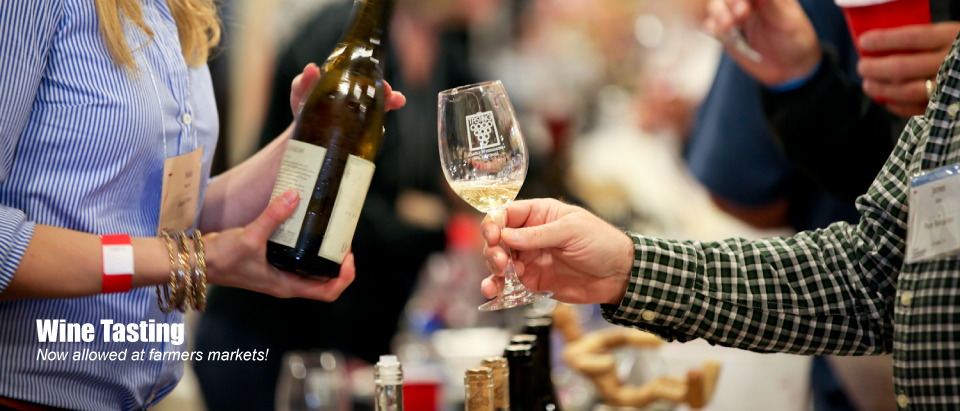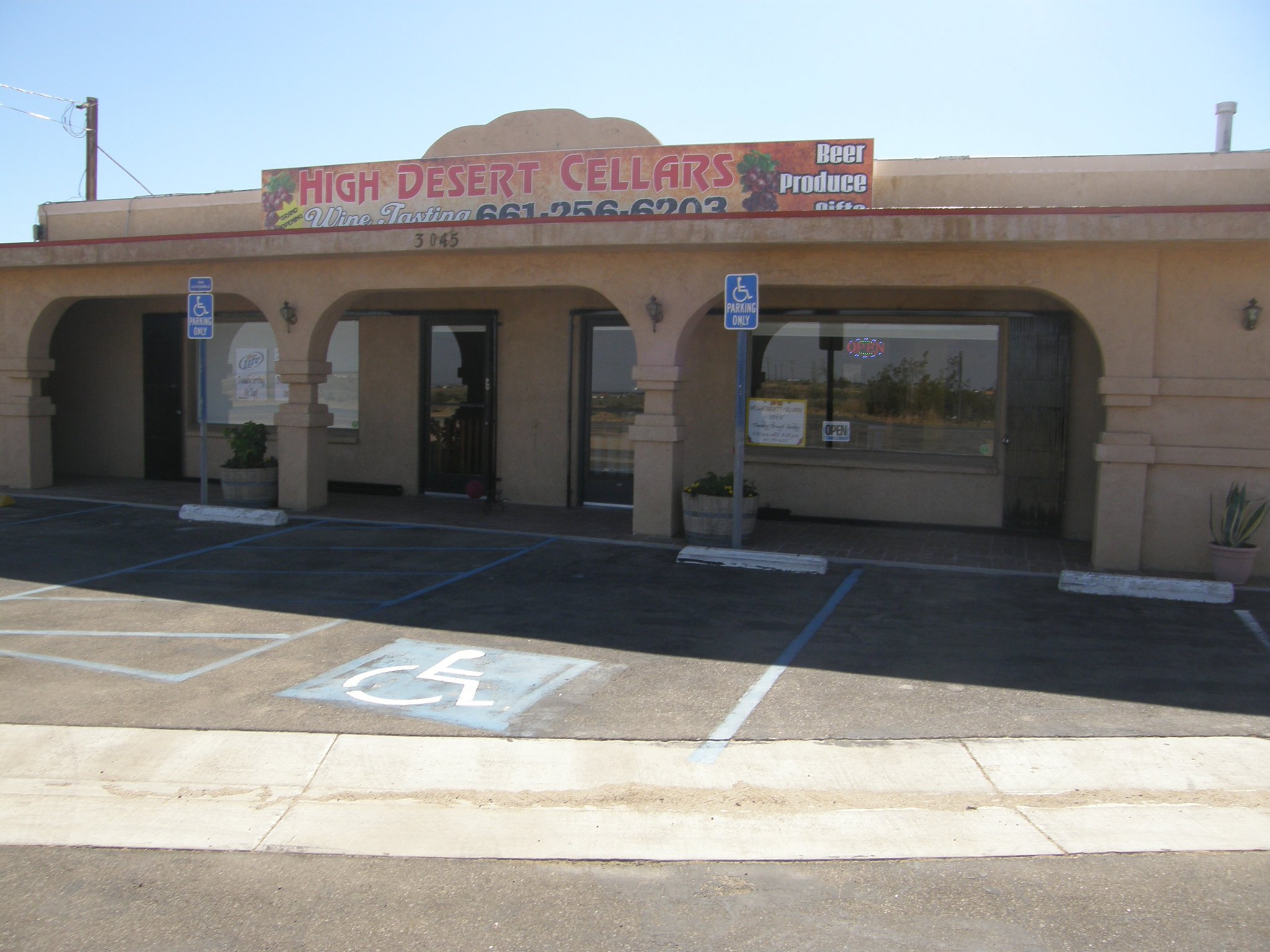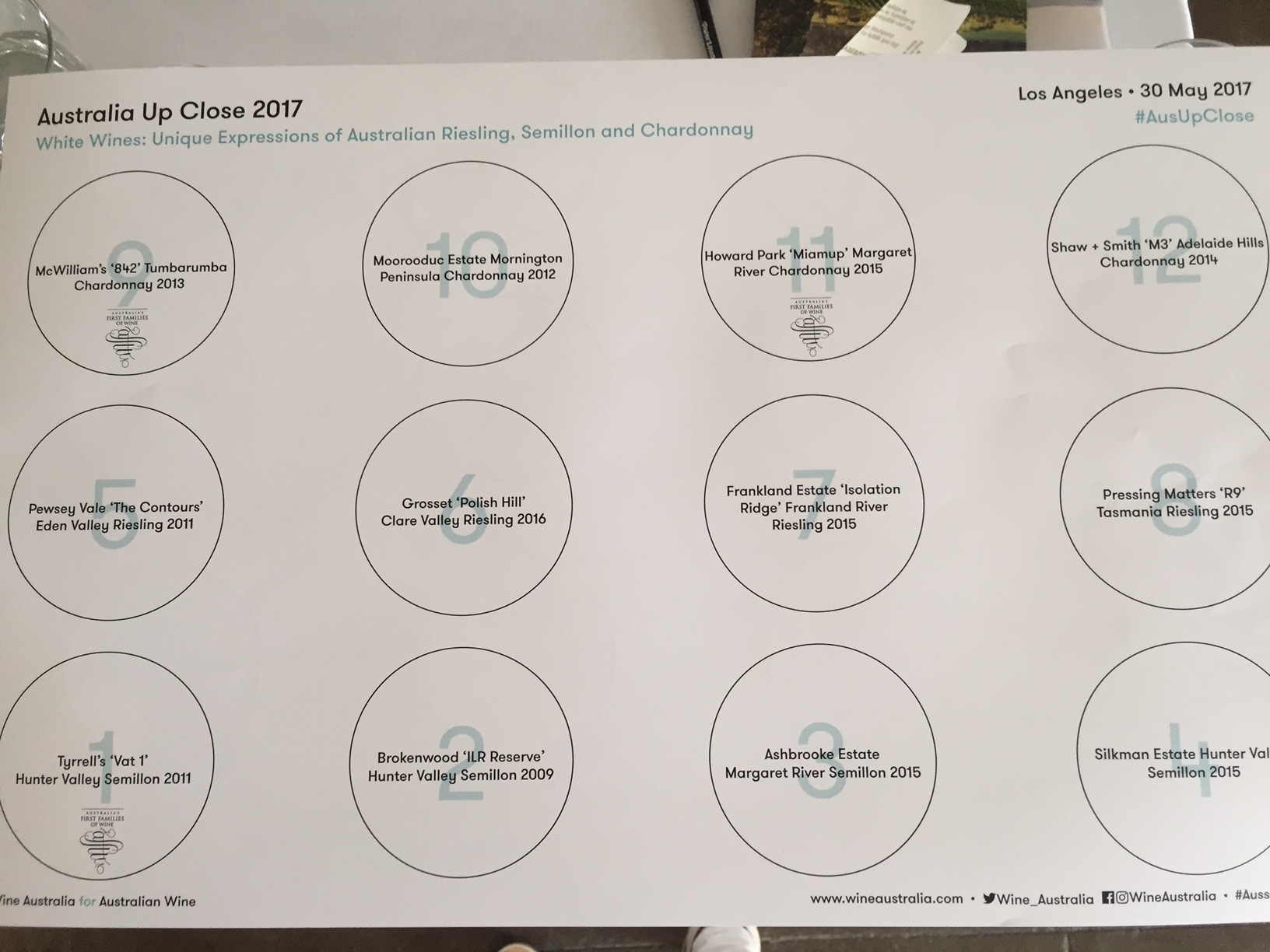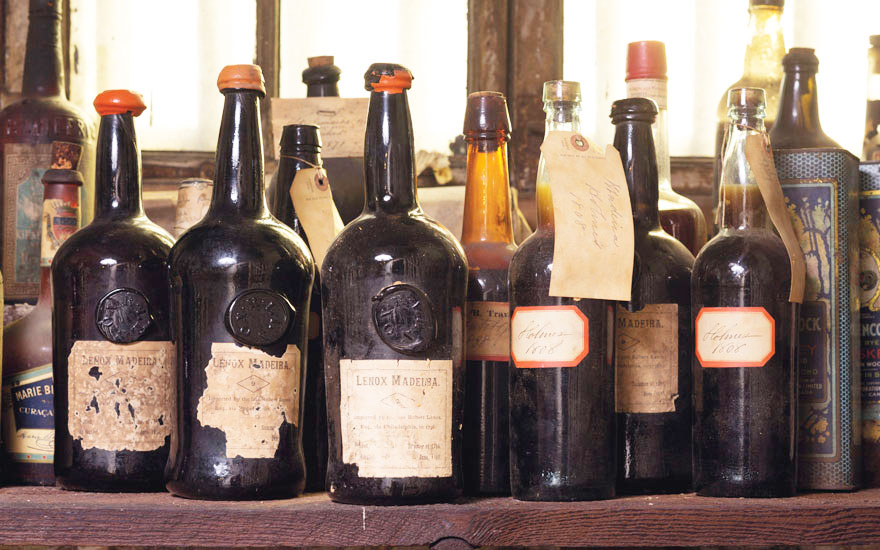
New Jersey’s Liberty Hall Museum Opens First Exhibit Of Its Kind Exploring American History Through Wine And Spirits
UNION, N.J. (PRWEB) – The Liberty Hall Museum at Kean University and The Portuguese Cork Association (APCOR) are proud to announce the opening of “History in a Bottle,” a permanent exhibit that showcases American history through an unparalleled collection of wines and spirits that date as far back as 1796. The wine and spirits on…
